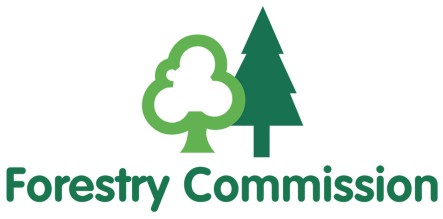Management requirements for woodland supplement (WS3): squirrel control
Updated 12 September 2025
Applies to England
Purpose
This operations note is to be used to determine the appropriate works within woodland supplement ‘WS3 squirrel control and management’. It is only eligible with Countryside Stewardship (CS) woodland improvement option WD2 and will be used to support the increased effort to control grey squirrels in woodlands.
This guidance is only relevant for WS3 agreements that started before February 2024.
If you’re a new applicant, refer to the new grey squirrel control and management (CWS3) option.
Effective use of this supplement will:
- increase resilience within the woodland
- support and help protect red squirrels (where present)
- the biodiversity and structure of the site
Wider environmental benefits are also likely to occur beyond the site boundary.
What you need to do
Guidance for each step of the process is provided for each of the mandatory requirements, which are:
Demonstrable increases or maintenance of acceptable levels of grey squirrel control from the start of the CS agreement.
If you’re receiving this supplement you need to submit the following:
- a squirrel control plan
- cull data
- surveys and impact assessments
Squirrel control plan (SCP)
Your draft SCP should be submitted and agreed with the Woodland Officer or Forestry Commission specialist at the time of application and active from the start of year 1.
Refer to WS3.2 Grey squirrel control plan guide for help completing the plan. If you need a copy of this legacy plan document, contact your local Forestry Commission office.
A reviewed SCP will be agreed with the Woodland Officer or Forestry Commission specialist by the end of year 1.
Erect an agreed number of traps/trap sites and/or bait stations, and/or engage in shooting within your woodland and land within the same holding (Single Business Identifier (SBI) number), which is immediately adjacent to and connected with the relevant WD2 parcels and as shown in your squirrel control plan.
Traps and other items are expected to be active throughout the 5-year period.
Cull data
You need to collect cull data annually, including a record of squirrels culled, and time spent culling (effort).
You must submit these at the end of year 1 with the revenue claim. This data may be required upon request in years 3 and 5.
Use the ‘WS3.3 Squirrel cull and effort record’ on the squirrel management requirements page.
Surveys and impact assessments
You need to complete an agreed number of impact/activity surveys, and a squirrel survey summary template throughout the agreement.
You must submit these in year 1 with the revenue claim. This data might be requested in years 3 and 5.
Survey summary report
Complete the ‘WS3.7 Survey summary report template’ on the squirrel management requirements page to record these throughout the agreement.
Impact assessment
Complete ‘WS3.5 NFC squirrel activity and impact recording sheet’ on the squirrel management requirements page. You can also read the guide ‘WS3.6 NFC activity and impact assessment methodology’ for more information about squirrel impact recording.
Support and training
Your local Forestry Commission office can provide details of annual training and awareness days. These will support you with planning, writing and completing management and monitoring requirements.
Opportunities for squirrel control training (trapping and shooting methods of control) will be signposted by your Woodland Officer or Forestry Commission specialist.
How to submit and review documents
When submitting your evidence, make sure that you have used the correct templates.
When you’re ready to submit the cull data and survey report, or any other review document requested, send them via email the Rural Payments Agency (RPA). You must title your email with:
- your SBI number
- your CRM number and estate name (name of woodland)
- the name of the document you’re submitting
- the review year the document relates to (if the document is at year 2 of the 5 year agreement, use the title ‘YR2’)
An example email title would be: ‘123456789 CRM-1234567-A8A9A0 Woods Estate Cull data YR2’.
This title template must be used to submit your information.
Submit the compulsory evidence in year 1 to the RPA at the revenue claim stage to ruralpayments@defra.gov.uk.
The RPA may request additional records in years 3 and 5.
Documents will be recorded and you’ll receive an email confirming receipt from the RPA.
Only applicants and their agents with authority are allowed to submit these documents.
Follow the guidance on how to make a revenue claim.
Further advice
Read Forest Research’s guidance on Controlling grey squirrels in forests and woodlands in the UK.
Read about red squirrel conservation through the UK Squirrel Accord.
Search the Countryside Stewardship grant finder for information to help you apply for grant support, or contact your local Forestry Commission office.

